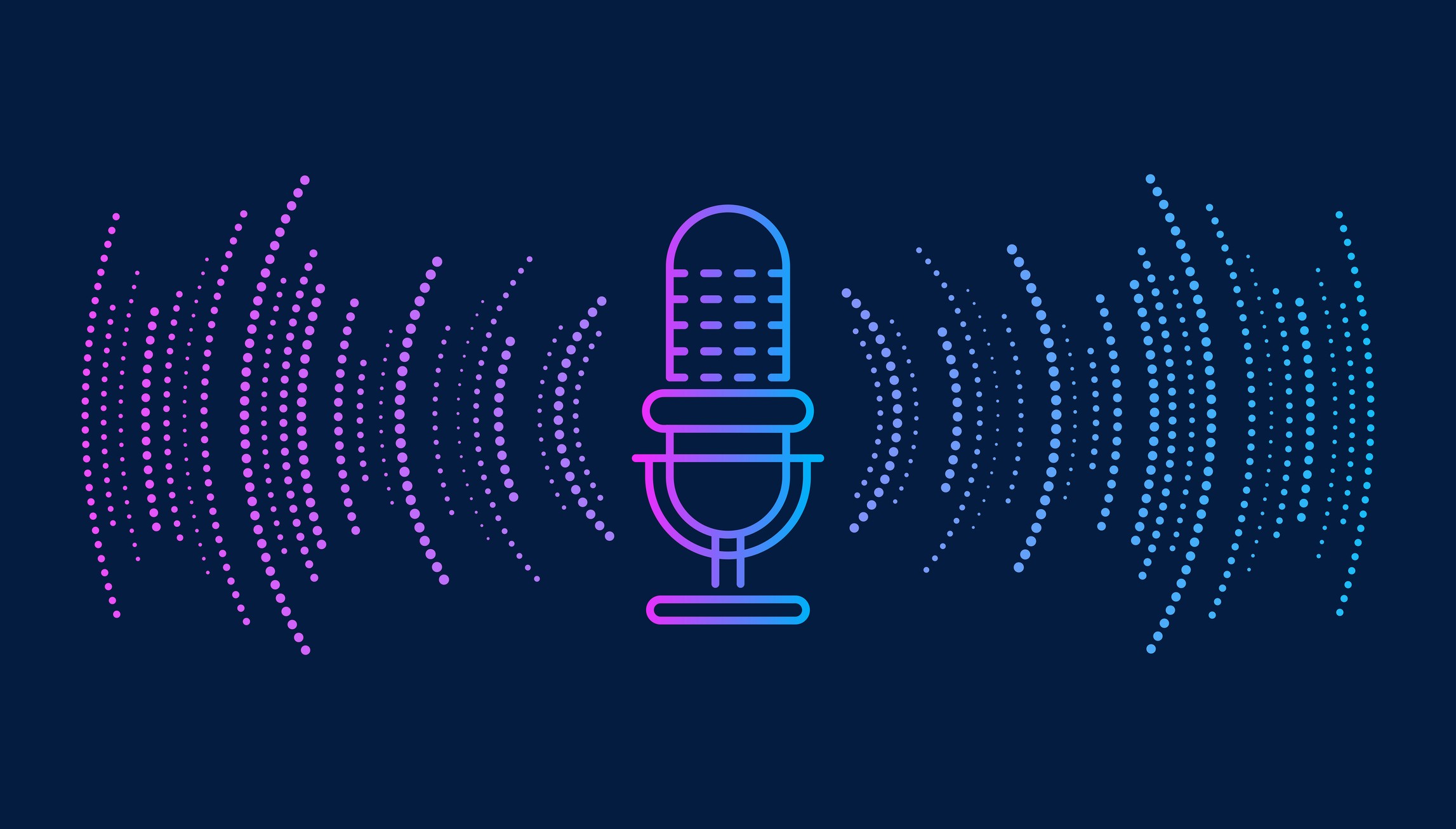SWOT Analysis is a strategic planning method that helps identify and assess the key factors influencing your business. Whether you're a small enterprise or a large corporation, a comprehensive SWOT Analysis can provide deep insights into where you stand in the market, what differentiates you from competitors, and how best to move forward.
Built on a simple 2x2 matrix, SWOT Analysis offers a straightforward yet profound framework to probe into both the favourable and unfavourable aspects of your business. It empowers you to leverage your strengths, address your weaknesses, capitalize on opportunities, and mitigate threats.
Through this balanced examination, you can align your business objectives with real-world dynamics and pave the way for sustainable growth.
Importance of SWOT Analysis
SWOT Analysis is more than just a strategic tool—it's a guide to understanding and transforming your business. By unveiling the strengths, weaknesses, opportunities, and threats related to your company, it provides the foundation upon which you can build a resilient and innovative business strategy. Below is a closer look at the importance of a SWOT Analysis:
- Revealing Unknown Aspects of Your Business
Often, we are so involved in our daily operations that we overlook critical factors impacting our business. A SWOT Analysis forces us to take a step back and look at the bigger picture. It reveals untapped opportunities that can fuel growth and unnoticed threats that might undermine your business. It also helps identify hidden strengths that you can leverage and weaknesses you weren't aware of. - Providing a Strategic Basis for Decision-making
Strategic decision-making is about making informed choices that align with your business goals and the current market landscape. A SWOT Analysis offers a comprehensive understanding of your business environment, making it an invaluable resource in the decision-making process. It allows you to create a robust business strategy that considers all potential influencing factors. - Enabling a Proactive Approach
Business environments are dynamic, often changing rapidly and unpredictably. Having an understanding of potential threats and weaknesses allows your business to become more proactive. You can address these challenges head-on, fostering resilience and agility within your organization. This proactive approach can give you a competitive edge, ensuring that you're always a step ahead. - Offering Perspective on Business Strengths
Confidence in your business's capabilities is essential for driving growth. By highlighting your strengths, a SWOT Analysis helps you understand what your business does well. This understanding fuels confidence and can be used to gain a strategic advantage. For instance, if one of your strengths is a dedicated and skilled workforce, you can leverage this in your marketing strategy to attract new clients or enter new markets. - Exploring Potential Opportunities
The business landscape is rich with opportunities for those who know where to look. A SWOT Analysis encourages businesses to explore these opportunities. Whether it's a new market segment, an emerging trend, or a change in regulations, identifying these opportunities can drive growth and innovation. By capitalizing on these opportunities, your business can stay relevant and competitive. - Fostering Better Communication and Understanding
A SWOT Analysis isn't just beneficial for management—it's also a great tool for enhancing team understanding. When team members are involved in the SWOT process, they gain a better understanding of the company's position, the challenges it faces, and the direction it's heading. This understanding fosters improved communication, alignment, and cooperation within the team, leading to increased productivity and morale.
A SWOT Analysis offers a clear, 360-degree view of your business, equipping you with the knowledge you need to steer your organization towards sustainable growth. It is a tool of discovery, strategy, resilience, and transformation that every business, regardless of size or industry, can benefit from.
When and How Often to Conduct a SWOT Analysis
Businesses exist in a dynamic environment that's in a constant state of flux due to factors like market trends, technological advancements, and regulatory changes. This makes strategic planning a vital process that should be flexible and adaptive to these ever-changing circumstances.
One such essential component of strategic planning is a SWOT Analysis, but when should you conduct it and how often?
The ideal time to carry out a SWOT Analysis is when your business is facing a pivotal decision or looking to make significant changes. These could be scenarios like contemplating business expansion, gearing up for a new product launch, restructuring the organization, or making strategic shifts in the business plan.
A thorough SWOT Analysis during these times will provide you with a comprehensive understanding of the internal and external factors that could impact your decision.
However, a SWOT Analysis shouldn't be limited to just these milestone moments. The volatile nature of business environments suggests that a SWOT Analysis should be a regular feature of your business strategy.
As a general guideline, it's advisable to conduct a SWOT Analysis at least once a year. This annual evaluation will ensure you stay aligned with the shifting business landscape and are prepared to tackle new challenges or seize emerging opportunities.
The frequency can vary based on your specific industry, market volatility, and the rate at which your business is growing or changing. For businesses in rapidly evolving industries like technology or renewable energy, conducting a SWOT Analysis semi-annually or even quarterly might be more appropriate.
Ultimately, the goal of a regular SWOT Analysis is to keep your business agile and proactive, ready to navigate the waves of change with strategic precision and confidence.
How to Perform a SWOT Analysis
Conducting a SWOT Analysis might appear challenging at first initially, but when segmented into individual steps, it evolves into a straightforward, highly efficient strategic tool. It essentially revolves around investigating four critical elements - Strengths, Weaknesses, Opportunities, and Threats. Here is a simple process to perform a SWOT Analysis:
- Step 1: Identifying Strengths
Start with recognizing your strengths—qualities that set your business apart and give you an upper hand over competitors. Reflect on questions like: What sets your business apart from others? Where do you outperform the competition? These strengths could range from a well-skilled team, a unique product or service, superior customer service, to a strong brand reputation. - Step 2: Recognizing Weaknesses
The second step involves pinpointing your weaknesses—areas where your business could improve or struggles compared to competitors. Consider queries like: Where does your business fall short? What factors restrict your success? Your weaknesses could manifest as limited resources, a weak online presence, or high employee turnover, among other things. - Step 3: Spotting Opportunities
Moving to the external environment, the third step requires you to identify potential opportunities—external factors or trends you can leverage to your advantage. Questions to consider include: What market trends can you exploit? How can industry changes positively impact your business? Opportunities might present themselves in the form of emerging markets, increased demand for a particular product or service, or regulatory changes that favor your operations. - Step 4: Pointing out Threats
The final step is to enumerate threats—potential external challenges that could negatively impact your business. Ask yourself: What obstacles could hinder your growth? What industry or market changes could pose challenges? Threats could range from intense competition and changing consumer behavior to unfavourable government regulations.
By systematically addressing these four areas, you can create a comprehensive SWOT Analysis that provides valuable insights into your business and the market environment, helping you shape a robust strategy for success.
To make this process easier, we've prepared a SWOT Analysis template for you. This template will guide you through each step and provide a structured format to jot down your findings.
Download SWOT Analysis Template
By using this template and asking the right questions, you can conduct an effective SWOT Analysis that will give you a clearer understanding of your business's current position and future potential.
SWOT – Questions to Consider
Understanding how to derive useful insights from a SWOT Analysis often comes down to asking the right questions. The answers to these inquiries will aid you in forming a comprehensive view of your business's position, challenges, and opportunities for growth. Below are some potential questions for each SWOT category:
- Strengths:
- What unique resources do you possess? This could be anything from a highly skilled team, proprietary technology, strong brand recognition, or excellent customer relationships.
- What does your business do better than others? This is where you identify your competitive edge, be it a unique product, unmatched customer service, or innovative marketing strategy.
- Weaknesses:
- Where could your business improve? Recognizing areas of improvement is key for continuous growth and competitiveness. It might be your digital presence, customer service, or operational efficiency.
- What should you avoid? Identifying areas of potential risk or poor performance helps prevent future problems. Perhaps you should avoid certain markets, cost-cutting measures, or product lines.
- Opportunities:
- Where are there chances for you to shine? Are there untapped markets, neglected customer segments, or changes in consumer behaviors that your business can exploit for growth?
- What trends could you tap into? Whether it's technological trends, social trends, or changes in regulations, identifying these opportunities can give you a first-mover advantage.
- Threats:
- What external issues could harm your business? These could be growing competition, shifting market trends, or economic instability.
- Are there changes in regulations that could impact you? Legal and regulatory changes can significantly impact businesses, especially in sectors like technology, health, and finance.
Example of a SWOT Analysis
To help you understand how these elements come together, let's consider an example of a tech startup looking to expand.
- Strengths
A tech startup might have a highly talented team with innovative technology. They may have unique algorithms or proprietary technology that sets them apart in the market. - Weaknesses
As a startup, they may face challenges like limited financial resources or a lack of market recognition. The company may be new to the industry, and therefore, might not have the same level of brand recognition as established competitors. - Opportunities
The startup may identify emerging market demand for their technology or service. There might also be potential for strategic partnerships that can help them scale faster and extend their market reach. - Threats
Established competitors pose a significant threat, especially those with more resources or market share. The startup also operates in a volatile market environment where trends and consumer preferences can change quickly.
This example illustrates how a SWOT Analysis can provide actionable insights for strategic decision-making and planning.
Turning SWOT Analysis into Action
A SWOT Analysis is an essential first step in strategic planning. However, the real value comes from translating these insights into actionable steps that align with your overall business goals. Converting your SWOT Analysis into a dynamic action plan is critical for harnessing its full potential.
Each finding from your SWOT Analysis should correspond to an action item. This actionable plan helps you leverage your strengths, mitigate your weaknesses, capitalize on opportunities, and prepare for threats. To ensure accountability and progress, each action should have a clearly defined deadline and a responsible party or team.
For example, consider the threat identified in our tech startup SWOT Analysis example - established competitors. An appropriate action could be to develop a unique selling proposition (USP) that distinguishes the startup from its competitors. The marketing department could be responsible for this task, with a deadline set for three months.
Similarly, to leverage a strength, such as a talented team, the action could be to invest in advanced training programs to further enhance their skills. The HR department could take ownership of this task, aiming to roll out the program within the next six months.
As for weaknesses, suppose the startup identified a lack of market recognition as a major weakness. The action could be to launch a comprehensive marketing campaign to increase brand visibility. The marketing department could take the lead on this with a deadline of six months.
And finally, to capitalize on an opportunity like emerging market demand, the startup could accelerate product development and aim for a quicker go-to-market strategy. The product development team could spearhead this task with a target launch in four months.
To facilitate the transition from analysis to action, we're providing a downloadable/printable SWOT Action Plan template. This will help you document each finding from the SWOT Analysis along with the corresponding action, responsible person/team, and deadline.
Download SWOT Action Plan Template
The true power of a SWOT Analysis lies in its application. By turning your insights into actions, you're setting your business up for sustainable growth and success.
SWOT Analysis, a simple yet powerful tool, provides this much-needed insight. It uncovers the unseen aspects of your business—be it untapped opportunities, unnoticed threats, strengths to be capitalized upon, or weaknesses to be addressed.
More than just a one-time activity, a SWOT Analysis should be an integral part of your strategic planning process. Regularly conducting this analysis will keep you aligned with the changing business environment, allowing you to adapt and stay competitive.
However, merely conducting a SWOT Analysis isn't enough. The real value lies in translating the insights gained from this analysis into actionable steps. An effective SWOT Action Plan helps you to leverage your strengths, mitigate weaknesses, seize opportunities, and prepare for potential threats. It assigns responsibility, sets clear deadlines, and ensures accountability, thereby driving your business forward.
A SWOT Analysis, when coupled with decisive action, serves as a beacon, guiding your business through the uncertain waters of the business landscape. It steers your business towards sustainable growth and helps ensure long-term success. So, take the first step today - explore, analyze, plan, and soar towards your business goals.




